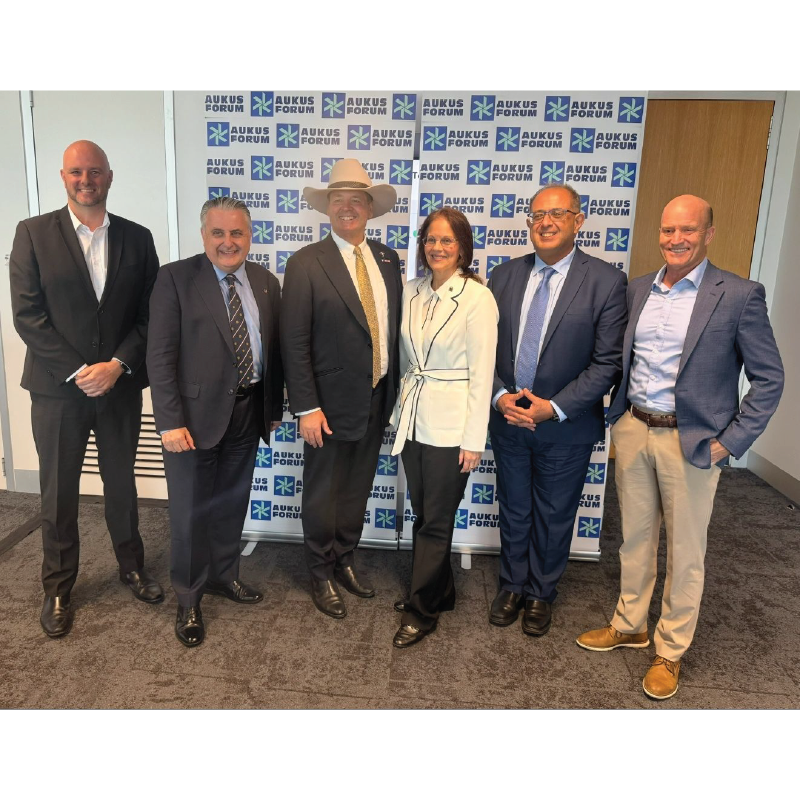News Story
3D Wavelet-Based Video Codec with Human Perceptual Model: Method and Apparatus for Perceptually Based Compression and Transmission of Video Streams (ISR IP)
For more information, contact ISR External Relations Director
Jeff Coriale at coriale@umd.edu or 301.405.6604.
Inventors: Junfeng Gu, Yimin Jiang, John Baras
U.S. Patent: 7,006,568
Description
The recent rapid advances in video compression techniques and digital communications have dramatically increased commercial interest in high quality digital video broadcasting via satellites. Traditionally, the quality of digital images is measured by mean-square error and signal-to-noise ratio. But such measures do not fully reflect the human's subjective perception of the image quality because, for example, certain parts of an image may be of no meaning to the human eye. Understanding the perceptual nature of human vision, researchers at the University of Maryland have developed a novel, perceptual based system for video transmission.
The new system is the combination of the Minimally Noticeable Distortion (MND) model, a 3-D wavelet sub-band decomposition module and the joint source-channel coding methodology. The MND model, developed based on the concept of Just-Noticeable-Distortion, is applied for situations where the distortion in the reconstructed image is perceptually minimal (i.e. the distortion has no material effect on the image quality). Thus, when the distortion errors do not cause conceivable loss to the human eye, the compression is perceptually loss-less.
The present system further consists of an encoder and a decoder for video transmission, within which the joint source-channel coding is used. In the encoder, the input video sequence is decomposed into a preselected number of spatio-temporal frequency sub-bands in the 3-D wavelet analysis module. A motion detector is incorporated to guide the update of MND model using wavelet analysis results. The quantization of wavelet coefficients is based on a scale table that is dynamically adjusted according to the updated MDN model. Arithmetic coding is then completed to produce compressed video signals with the same number of bit streams. In the decoder, the process is reversed and the original signal is restored.
Experimental results show that this new system has higher compression ratio when compared with MPEG -frame encoding, and exhibits better subjective quality at the same compression ratio.
For more information
If you would like to license this intellectual property, have questions, would like to contact the inventors, or need more information, contact ISR External Relations Director Jeff Coriale at coriale@umd.edu or 301.405.6604.
Find more ISR IP
You can go to our main IP search page to search by research category or faculty name. Or view the entire list of available IP on our complete IP listing page.
ISR-IP-Baras ISR-IP-compression
Published June 18, 2007









